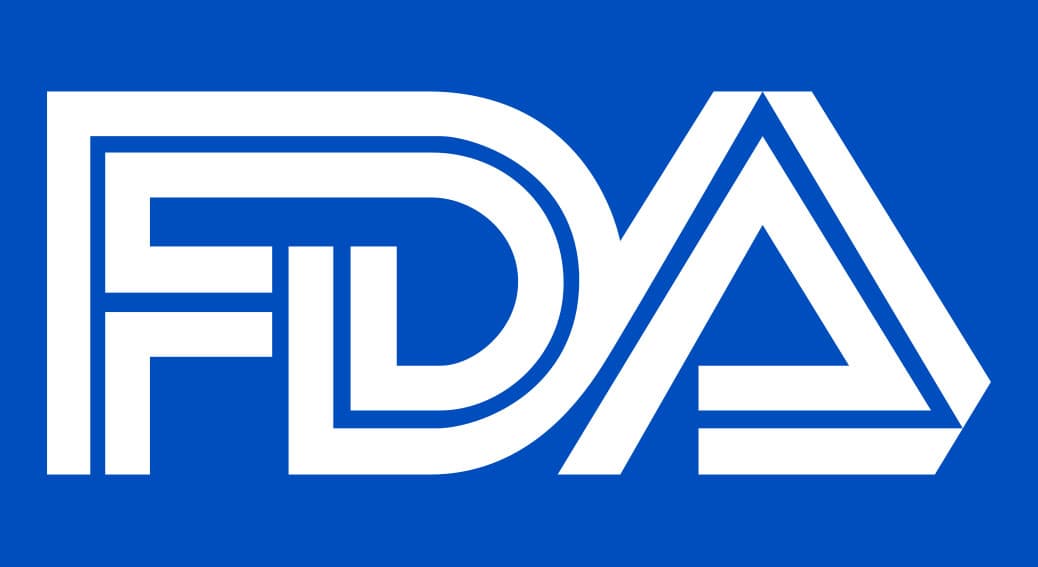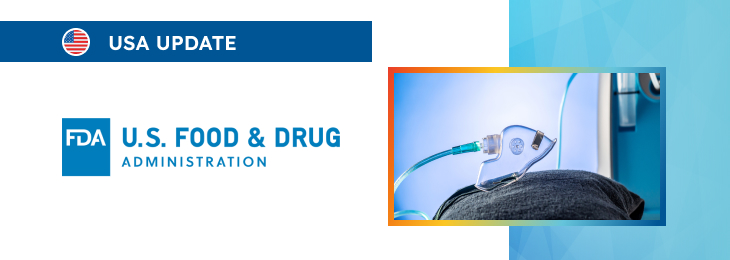The article provides a brief overview of the regulatory approach to be applied with respect to certain tests intended to be used in the context of an emergency.

Table of content
The Food and Drug Administration (FDA or the Agency), the US regulating authority in the sphere of healthcare products, has published a draft guidance document dedicated to consideration of enforcement policies for tests during a Section 546 declared emergency. Once finalized, the guidance will provide additional clarifications regarding the applicable regulatory requirements, as well as recommendations to be taken into consideration by medical device manufacturers and other parties involved in order to ensure compliance.
At the same time, provisions of the guidance are non-binding in their legal nature, nor are they intended to introduce new rules or impose new obligations. Moreover, the authority explicitly states that an alternative approach could be applied, provided such an approach is in line with the existing legal framework and has been agreed with the authority in advance.
The FDA also reserves the right to make changes to the guidance and recommendations provided, should such changes be reasonably necessary to reflect corresponding amendments to the underlying legislation.
Introduction
The U.S. Food and Drug Administration plays a pivotal role in safeguarding public health during emergencies, including emerging infectious diseases and chemical threats. Under certain conditions, these threats may prompt the Secretary of Health and Human Services (HHS) to declare an emergency under section 564 of the Federal Food, Drug, and Cosmetic Act (FD&C Act).
This declaration enables the FDA to issue Emergency Use Authorizations (EUAs) for medical products. Additionally, the FDA may issue enforcement policies to expand the availability of certain devices.
This draft guidance outlines the factors the FDA will consider in deciding whether to issue such enforcement policies for unapproved tests and unapproved uses of approved tests during declared emergencies.

Regulatory Background
As further explained by the FDA, accurate diagnostic tests are essential for managing infectious disease outbreaks and other public health threats caused by chemical, biological, radiological, and nuclear (CBRN) agents. These tests are crucial for diagnosing and treating diseases, monitoring public health interventions, and controlling the transmission of infectious agents. Often, during emergencies, no FDA-approved tests are available to diagnose the specific condition.
Under section 564 of the FD&C Act, the FDA can authorize the emergency use of unapproved medical products or unapproved uses of approved medical products after the HHS Secretary declares an emergency. This authority has been exercised in response to various outbreaks, including H1N1, Ebola, Zika, COVID-19, and mpox (formerly monkeypox).
In some situations, even when EUAs are issued, additional enforcement policies might be necessary to expand access to tests further.
Factors to Consider in Deciding Whether to Issue an Enforcement Policy
The FDA may issue an enforcement policy to allow the limited use of unapproved tests during a declared emergency. The decision to issue such a policy involves assessing several factors:
Need
The FDA will evaluate the testing needs of the emergency response, considering the availability of FDA-approved tests, the urgency of the need for tests, and the volume of tests required. Factors such as transmission levels, asymptomatic infections, population size, and morbidity and mortality rates will be considered.
The FDA will also assess the type of test best suited for the emergency, such as molecular diagnostic tests for virus detection or specialized tests for radiological exposure. The turnaround time for results with authorized tests and the ability to scale up production will also influence the decision.
Risk
The FDA will consider the public health risks associated with using unauthorized tests, including the seriousness of the disease, the complexity of the test technology, and the manufacturer’s experience. For example, complex tests for radiological exposure require high levels of training. The FDA’s assessment during the COVID-19 and mpox responses led to different enforcement policies based on the varying public health risks.
Alternatives
The availability of appropriate alternative tests will be considered. The FDA will evaluate whether existing tests can meet the testing needs, considering factors such as manufacturing capacity and distribution.
For instance, at the beginning of the COVID-19 emergency, only one test was authorized, and supply was limited, necessitating an enforcement policy to increase testing options.
Mitigations
The FDA will assess the availability of factors that can mitigate the risks of false results from unapproved tests. These factors include the manufacturer’s experience, participation in government evaluation programs, validation recommendations, labeling statements, and the availability of confirmatory testing.
Public disclosure by manufacturers that tests have not been reviewed by the FDA and submission of an EUA request within a reasonable time frame are also considered.
Implementation of Enforcement Policy
When issuing an enforcement policy, the FDA will describe the circumstances under which enforcement discretion will be exercised, including validation procedures and labeling recommendations. The policy may specify an initial period of effectiveness, which can be adjusted as needed.
The FDA will periodically review the policy to determine if changes or withdrawals are necessary, as demonstrated during the COVID-19 emergency, where the policy was updated six times to reflect changing needs.
Regardless of an enforcement policy, the FDA retains the discretion to pursue enforcement actions against the offering of unapproved tests for violations of the FD&C Act, Public Health Service Act, or FDA regulations. This ensures that public health is safeguarded through appropriate regulatory oversight.
Conclusion
In summary, the present guidance is intended to provide clarity on the factors the FDA will consider in issuing enforcement policies for unapproved tests during declared emergencies. By virtue of the approach described, the FDA intends to ensure that necessary diagnostic tests are available during public health emergencies while maintaining appropriate safety and effectiveness standards.
How Can RegDesk Help?
RegDesk is an AI-powered Regulatory Information Management System that provides medical device companies with regulatory intelligence for over 120 markets worldwide. It can help you prepare and publish global applications, manage standards, run change assessments, and obtain real-time alerts on regulatory changes through a centralized platform. Global expansion has never been this simple.

